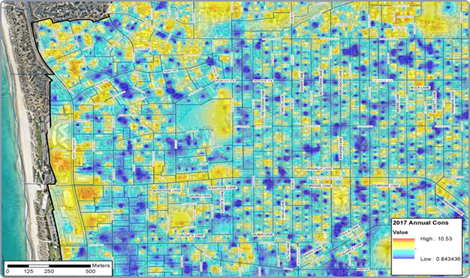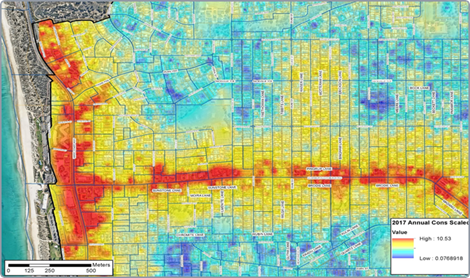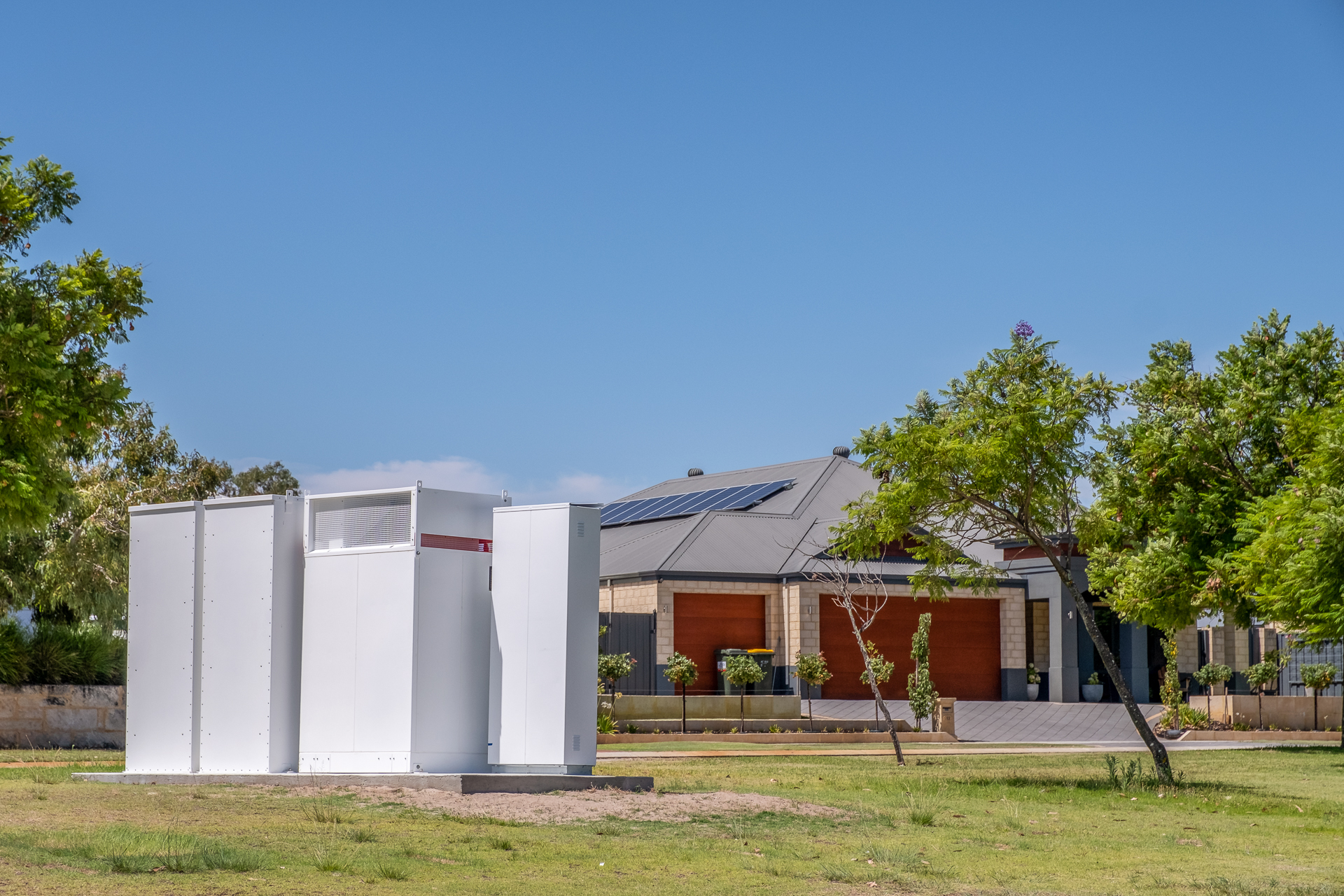With a rapidly changing energy environment and a planning process that forward-assesses 50 years of infrastructure, we needed a new way to more effectively predict the future.
And quickly, because the energy needs of the past are no longer a good barometer for predicting the future, says Western Power’s Team Leader for Grid Portfolio Optimisation, Matt Webb.
“In the past, in an energy world built on poles and wires, we could predict what infrastructure would be needed and where, knowing that infrastructure would have a shelf life of 50 years or so before it needed replacing.
“Technologies like battery storage, or large-scale renewable generators, were not physically available.
Now they are.
EV’s are on their way, customers are electrifying their lives and creating, as well as receiving, power from their rooftop.
“And there are new large-scale generators coming on line, like wind and solar farms, that need to be hooked into the grid.
“So the next 30 years of power generation and distribution won’t look anything like the previous 30 years.”
 |
 |
These forecasts show the annual energy demand density (kWh or energy consumed per unit area of land). It compares the view today (left) with the view 30 years from now for one of our GTEng energy demand scenarios.
Building a tool
What we needed was a way to map future scenarios to better understand them.
After looking to the market to find tool, they found nothing to suit. So, using internal smarts around data processing, electrical engineering, modelling, and optimisation, they built their own.
The result is the GTEng, short for Grid Transformation Engine, a cutting-edge planning tool that allows for multiple scenarios around future power needs and use.
“The GTEng has completely flipped how we do planning. Instead of looking at what we have now and building on that, we’re able to consider what the network might look like in in 10, 20 and 30 years, and then predict what infrastructure is needed to transition to that scenario.
“It costs a lot of money to maintain the grid, so the potential cost impacts of building infrastructure correctly for the long-term future, instead of having to replace something early, are huge for customers.”
“It’s already creating efficiencies, helping plot the preferred positioning of technology like stand-alone power systems (SPS) in regional WA, which are providing more reliable power and potentially saving customers around $600 million in unnecessary maintenance costs over the next 30 years.”
How the GTEng works
The GTEng processes complex and wide-ranging data to create views and forecasts of different scenarios, including population and demographic predictions, economic forecasts, customer needs and profiles, energy generation and loads, energy use and location mapping.
“There are multiple stages of data processing that occurs, with different filters applied at each stage, that helps us visualise what the potential energy landscape will look like and need,” says Matt.
More than 250 potential scenarios was whittled down to five different scenarios, creating “the far-edges” of the range of possibilities.
“One thing we established from the modelling is that there was no scenario we could find where the grid was not needed.
“It also highlighted that we need a modular grid, one that will allow us to add more storage, or introduce a new technology when it becomes available.
“That kind of flexibility is a big change, but if we can create it, we can keep the grid running at its optimal level, answer consumer needs and do so cost effectively.”

The modular grid starts now
The transition to a decentralised energy model, with solar farms and panels and micro-grids (described broadly as Distributed Energy Resources) is already underway.
As well as modelling the long-term future, the GTEng tool is helping to map the best use of these resources for long-term gain and efficiency.
It’s been used to map the best locations of SPS units and locations for community batteries to soak up small-scale residential solar.
“The timing for being able to work out where to install SPS technology is great, as many of the regional poles and wires were erected around the 1970’s, so they’re heading towards the end of their useful life,” says Matt.
“So we’ve been able to effectively change and improve the infrastructure where it’s needed to something that will give us a better performance, cost less to maintain, and take us into the future.
“Longer term, the GTEng is going to help us deliver on price, performance and choice, as customers continue electrifying their lives and new technology comes on board.
“It will help us do more with the network.”
Find out more about the future of the grid and what WA's energy future will look like.